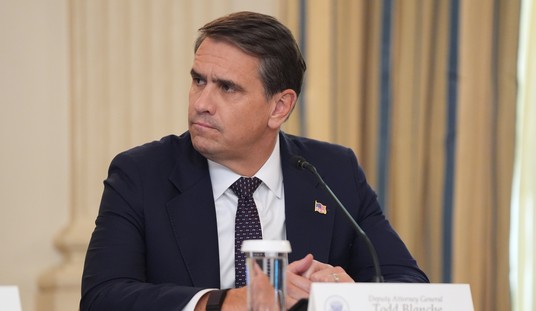 My first thought when reading this story (hat tip, Glenn) about Honda’s efforts to help save the drive-in theater industry was, “Who the hell wants to go to the drive-in in a Honda?” But before we get to that, here’s the gist:
My first thought when reading this story (hat tip, Glenn) about Honda’s efforts to help save the drive-in theater industry was, “Who the hell wants to go to the drive-in in a Honda?” But before we get to that, here’s the gist:
The problem, as illustrated in this excellent L.A. Times piece, is that most of them still use traditional film projectors. Hollywood, whose fortunes were built on celluloid, is getting ready to stop distributing film prints altogether after this year. Digital projection is now the norm.
Unfortunately for drive-in owners, digital projection is also an expensive upgrade, costing anywhere from $60,000 to $85,000. What that means is that after this season, many drive-ins simply won’t reopen, and another chunk of America’s car culture will be lost for good.
That’s where Honda comes in. The automaker just kicked off Project Drive-In, whose goal is to help save drive-ins from digitally-imposed doom. To that end, Honda is donating five digital projectors to the cause, and the public determines who gets them via an online vote campaign.
OK, fine. But it’s too little, too late. Because the cars are too damn small to enjoy a drive-in.
There are numerous reasons drive-ins starting failing in the ’70s — like the VCR for example. But who wants to spend two hours cramped up in a little econobox at the end of the day? The same young people who would be most likely to go to the drive-in are also the least likely to own a car big enough to do so in comfort.
And there are probably numerous reasons drive-ins thrived during the ’50s and ’60 — such as the sheer novelty of it for example. But who wants to spread out on the sofa-like front seat of a ’58 Impala and enjoy some unhealthy snacks and maybe a little under-the-sweater action?
Well, lots and lots of people, if history is anything to go by.
If Honda really wants to do something to help, they could start selling a real full-size automobile at a reasonable price. Bring back Big Iron, and the drive-ins will follow.










Join the conversation as a VIP Member